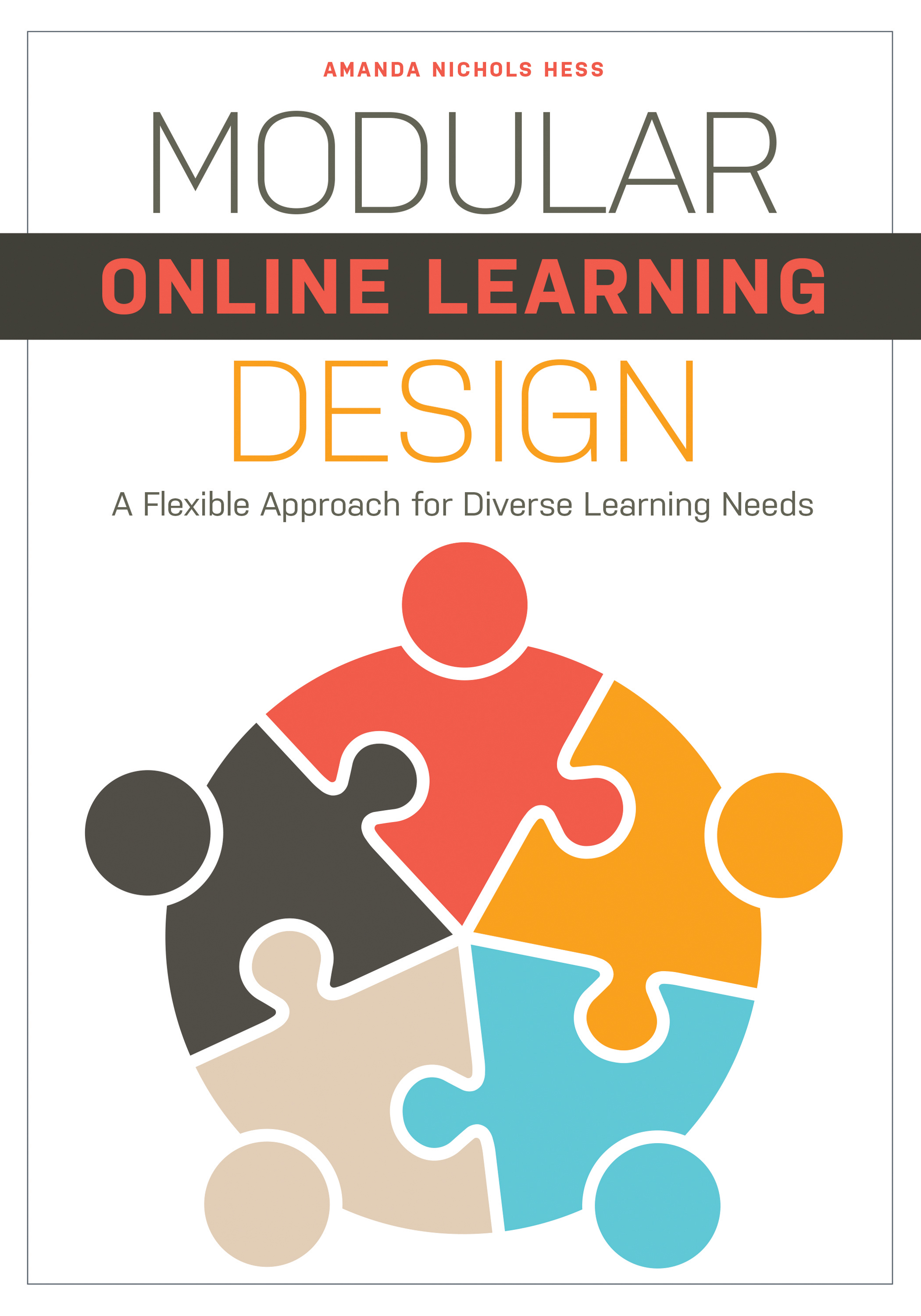Primary tabs
You don't need to be an ALA Member to purchase from the ALA Store, but you'll be asked to create an online account/profile during checkout to proceed. This Web Account is for both Members and non-Members. Note that your ALA Member discount will be applied at the final step of the checkout process.
If you are Tax-Exempt, please verify that your account is currently set up as exempt before placing your order, as our new fulfillment center will need current documentation. Learn how to verify here.
- Description
- Table of Contents
- About the author
- Reviews
Does your online instruction program sometimes feel like a constant scramble to keep pace with requests and deadlines? Modular design is the answer. Approaching projects, whether large and small, with an eye towards future uses will put you on the path to accomplishing broader, organizational goals. And by intentionally building documentation and structure into your process, you will create content that can easily be scaled, modified, adapted, and transformed to meet different learner needs. Hess, experienced in online instruction in both K-12 and academic libraries, shows you how, using project examples of various sizes to illustrate each chapter’s concepts. Her resource guides you through such topics as
- the eight components of modular online learning design;
- key considerations for choosing the design model that best fits your organization and project;
- techniques for connecting your online learning goals with institutional strategy;
- using the IDEA process to align OER content with your instructional needs;
- documenting your planning with checklists, scaffolds, and templates;
- ensuring equity of access with all content formats using the Accessibility Inventory Index;
- principles for scaling up, down, or laterally;
- three models for more meaningful and functional collaboration with internal or external partners; and
- formative testing as a foundation for ongoing evaluation and assessment.
Using this book as a roadmap, you'll learn how to more intentionally and strategically develop online learning objects to meet different learning needs both now and in the future.
List of Figures
Preface
Acknowledgments
Chapter 1: Libraries and Online Learning Design
Chapter 2: Choosing the Best-Fit Instructional Design Approach
Chapter 3: Tasks of the Design Process
Chapter 4: Identifying Stakeholders and Partners
Chapter 5: Modifying and Adapting Existing Content
Chapter 6: Designing for Accessibility and Equitable Experiences
Chapter 7: Meaningful Measurement
Chapter 8: Flexibility in Action
Chapter 9: Forward Thinking for Future Modularity
Bibliography
Index
Amanda Nichols Hess
Amanda Nichols Hess is the e-learning, instructional technology, and education librarian at Oakland University in Rochester, Michigan. She holds a PhD in educational leadership, an Education Specialist certificate in instructional technology, and an MS in information. Her research focuses on information literacy, instructional design, online learning, and the intersections of these topics, particularly in library-centric professional learning. Her work has been published in College and Research Libraries, Communications in Information Literacy, Journal of Academic Librarianship, and portal: Libraries and the Academy, among other venues. Amanda also authored Transforming Academic Library Instruction: Changing Practices to Reflect Changed Perspectives (Rowman and Littlefield, 2019).
"Relevant to library staff in any setting who create learning objects such as video tutorials, self-paced modules, instructional handouts and subject guides. The example projects used and web resources suggested in the text are specific to academic libraries, but the structure of the design process and the planning tools are applicable to special, public and school libraries as well ... As a health sciences librarian in a hospital, I intend to apply some of the concepts and planning tools to the online learning resources that I create.”
— Journal of the Canadian Health Libraries Association
"Handy charts, checklists, and workflow models round out each chapter, and the comprehensive bibliography and index will be helpful ... Emphasizing flexibility and functionality, Hess's book will aid librarians who want to save time and energy when creating online learning content."
— Library Journal
"Various instructional design models are discussed, including ADDIE, ARCS, and the waterfall design. Also included are helpful charts and figures that make it easy for a visual learner to understand the concepts presented ... Recommended for librarians and instructional designers in academic libraries."
— Choice



